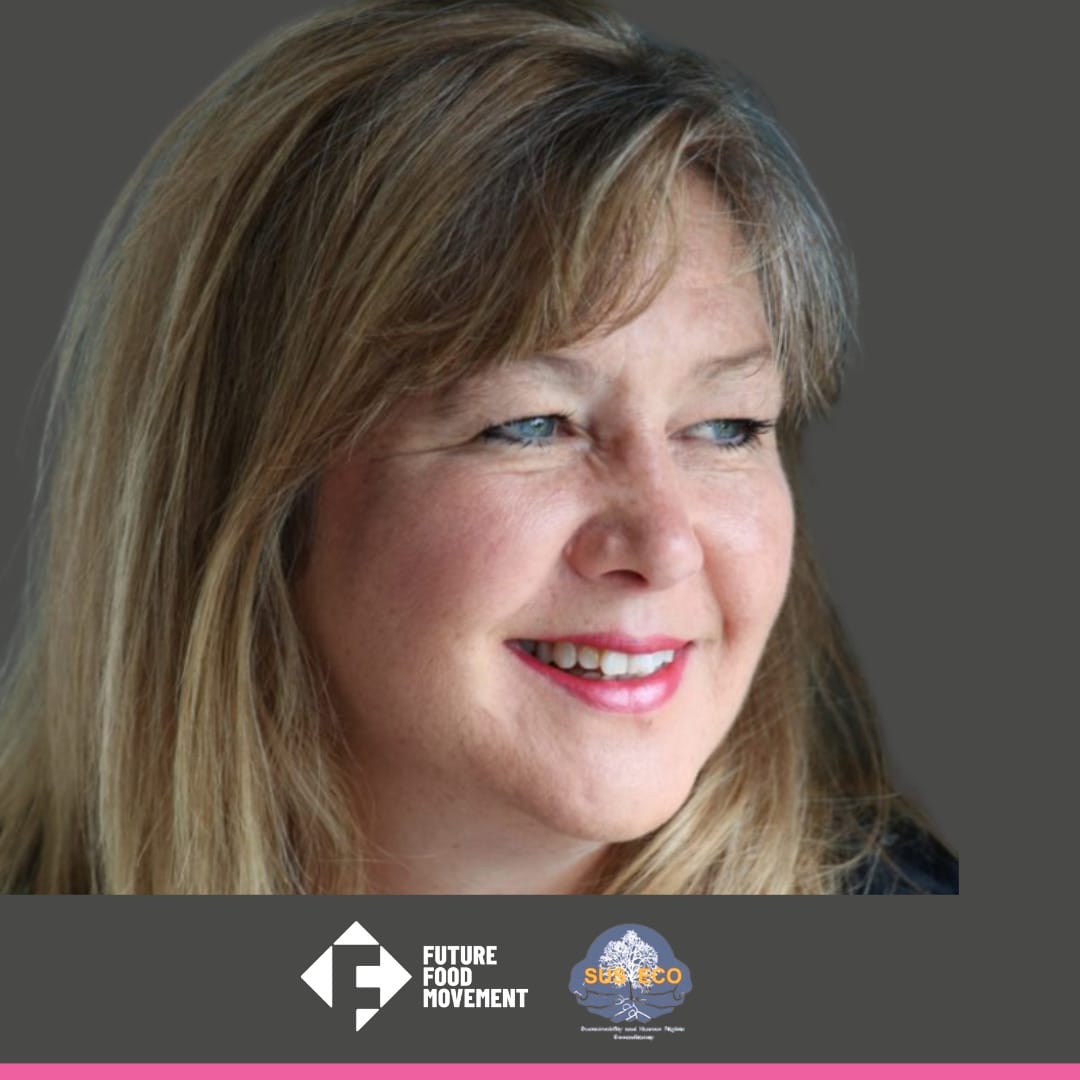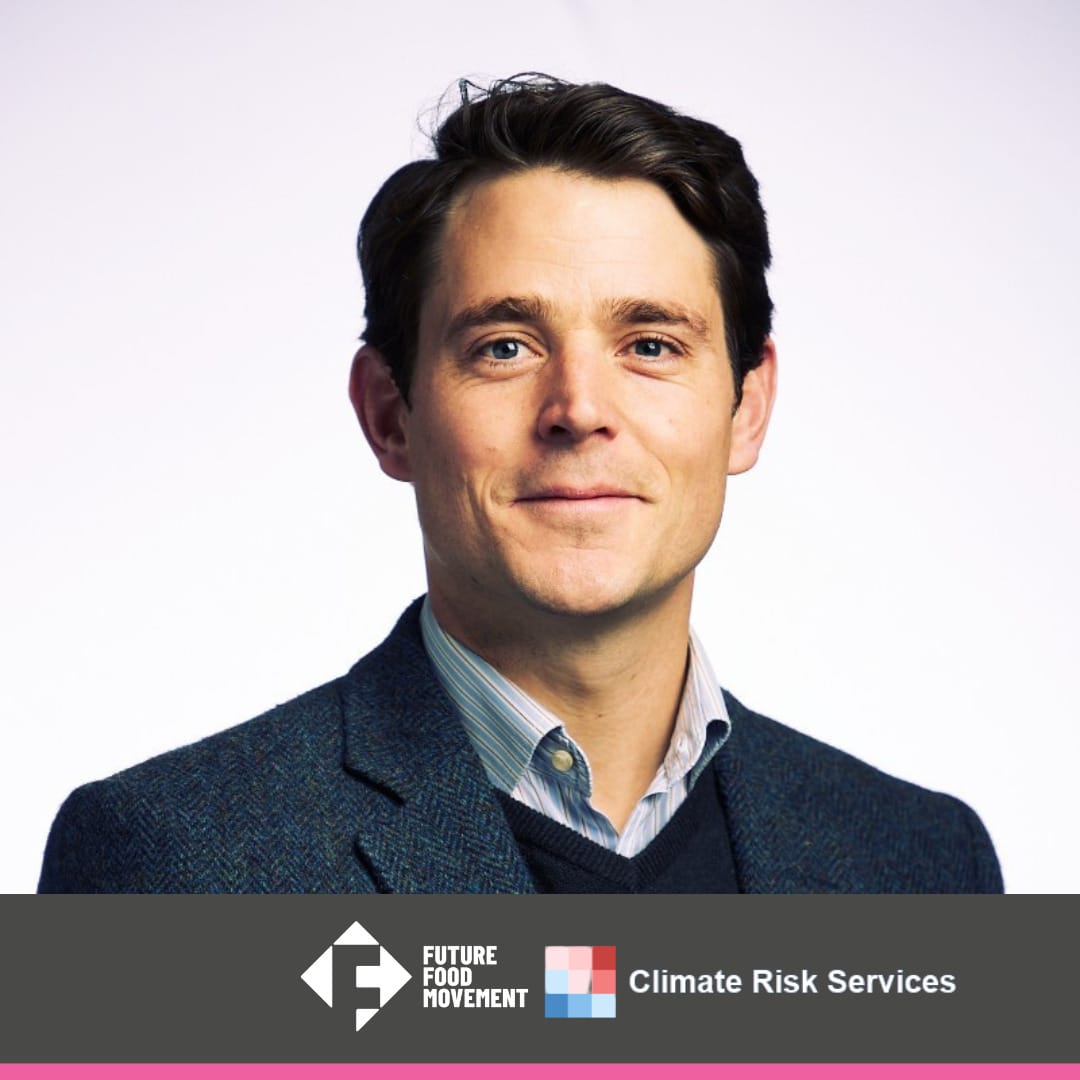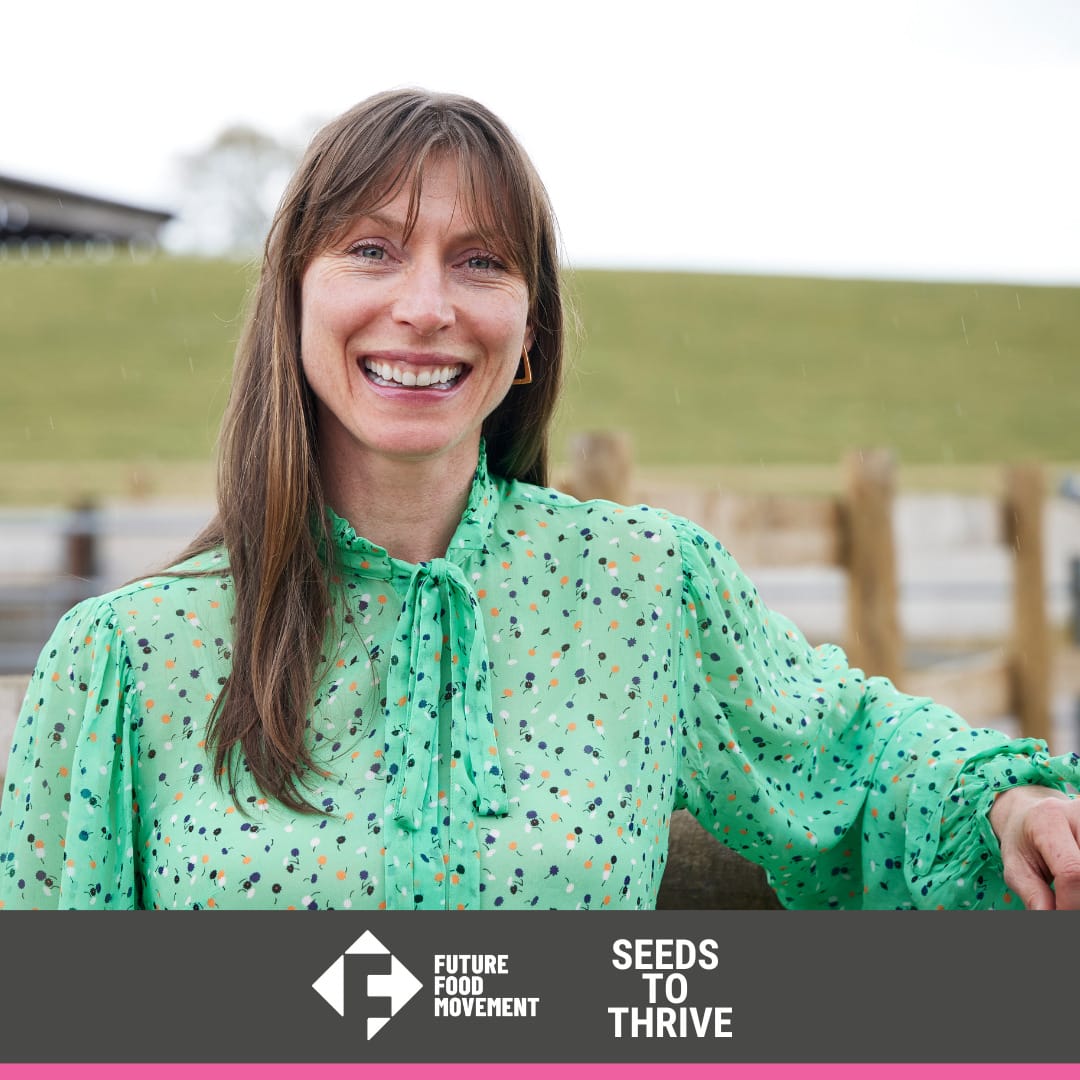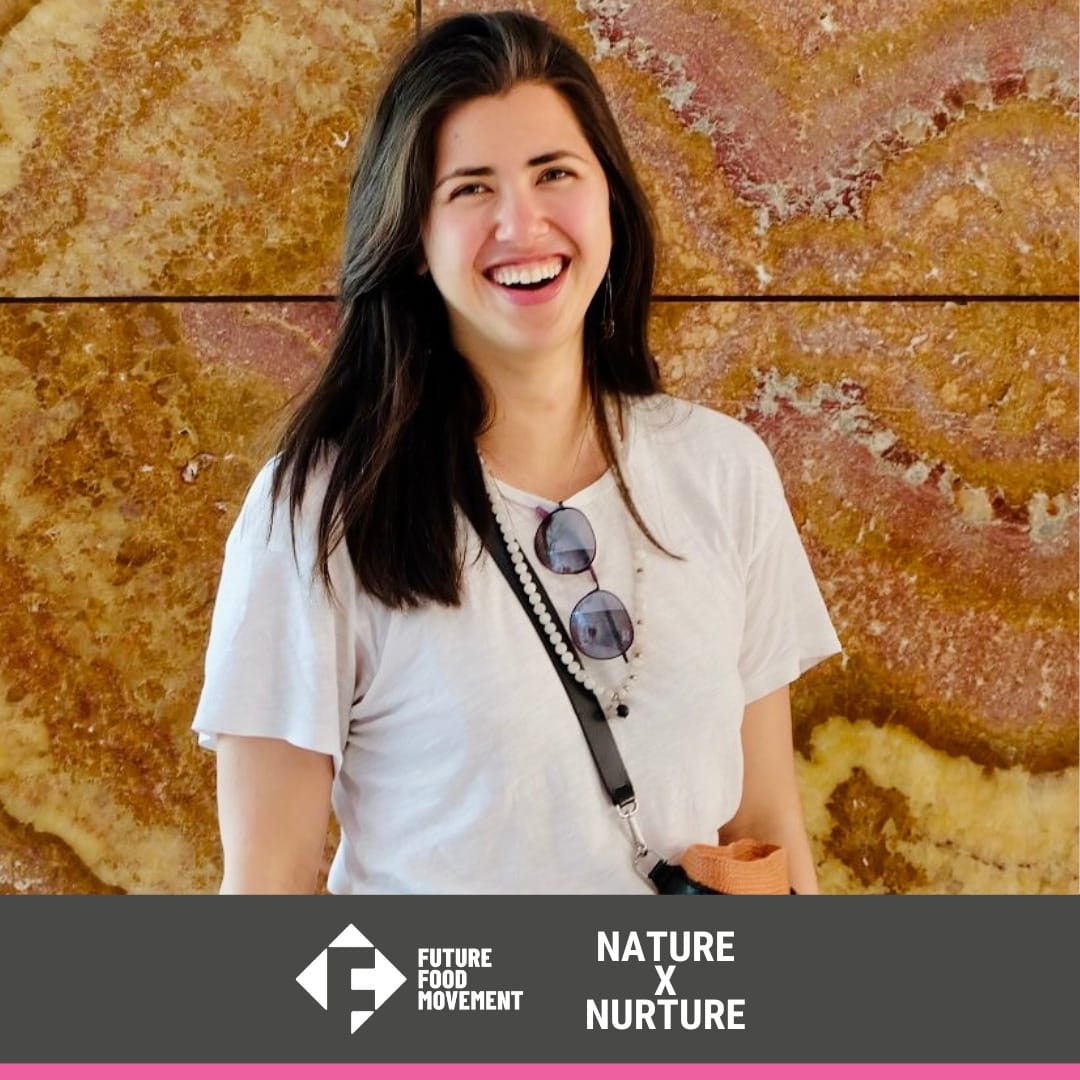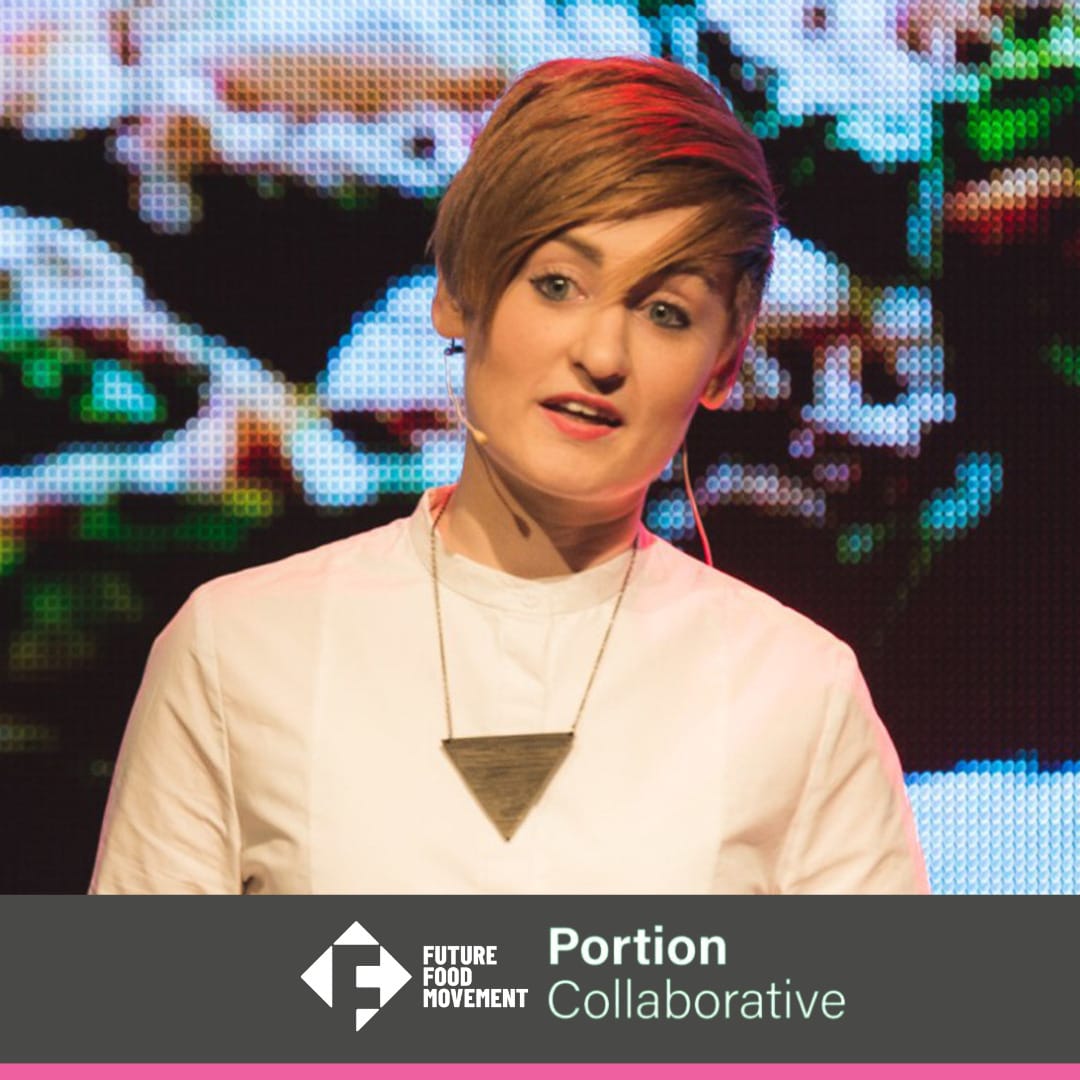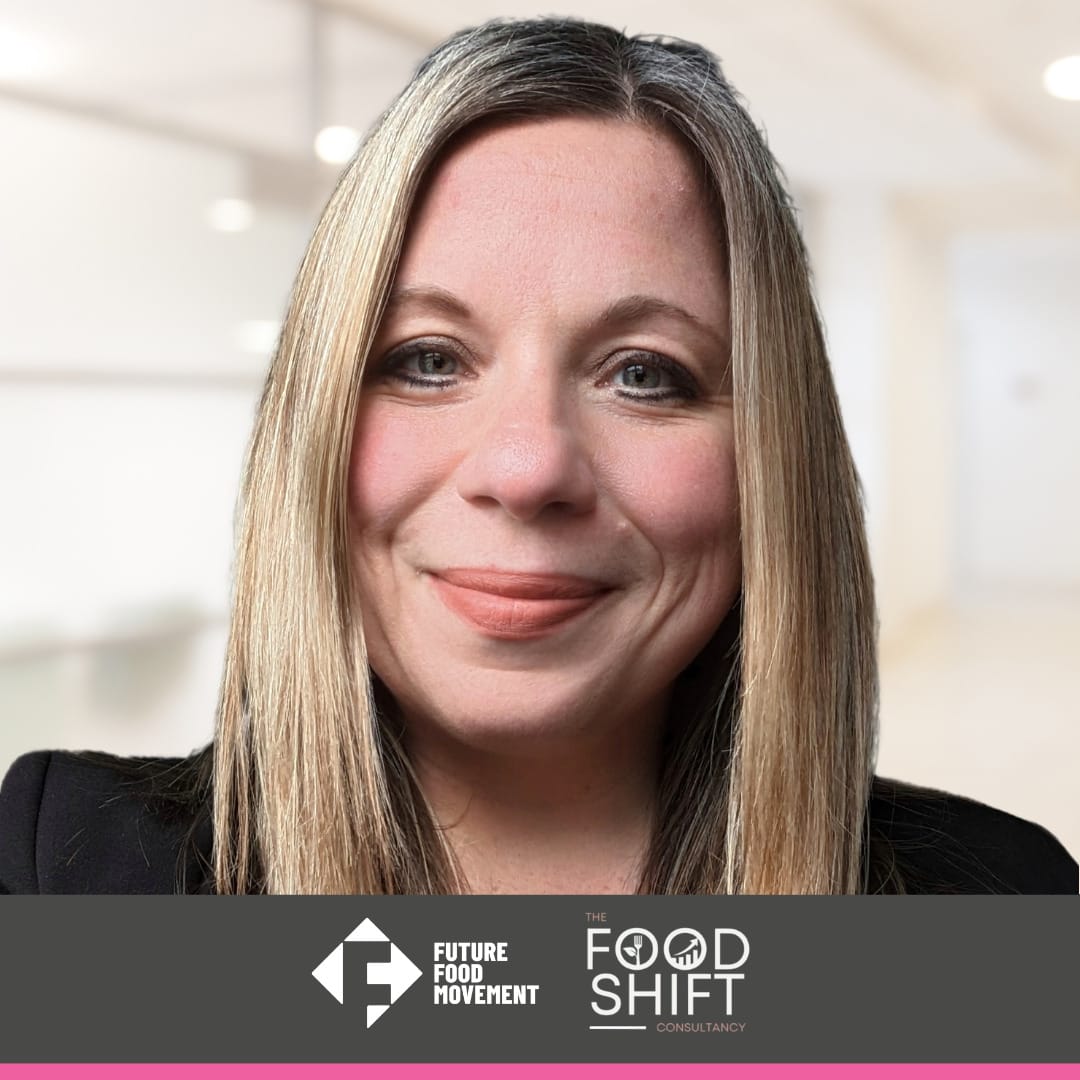The way we produce and consume food is both the biggest driver of nature loss and a significant contributor to climate change. As shown by the brilliant new film ‘Hungry for Change’ from Save Our Wild Isles, the UK is one of the most nature-depleted countries in the world, with more than 70% of land given over to farming – and yet, much of that isn’t even directly feeding us. Meanwhile, agriculture is responsible for around 10% of all UK emissions.
The food sector is among the top three industries at risk as a result of nature loss, so we need to act quickly. We need a new green revolution where food production works in harmony with nature. Positive farming and support from business is absolutely critical to making this happen.
But how do we achieve this? Our panel of passionate experts at this event share their grounded, practical advice for achieving a nature positive food system that’s all about health, abundance and respect for the environment – and one that represents a win-win for every business.
Our brilliant panel speakers are:
- Louise Nicholls, Sustainability & Human Rights Coach, Future Food Movement, Founder Suseco
- Emma Chow, Future Food Movement Regenerative Educator, Founder Nature x Nurture
- Alexis de Liedekerke, Future Food Movement Natural Capital & Biodiversity Coach, Associate Climate Risk Services
- Charlie Derra, Future Food Movement Category & Climate Coach, Founder Curious Puffin
- Lara Hanlon, Future Food Movement Systems Thinking Coach, Founder Portion Collaborative
- Caroline Mason, Future Food Movement Supply Chain Coach, Founder Seeds to Thrive
- Michelle Rowley, Future Food Movement NPD Coach, Founder The Food Shift

THE KEY TAKE OUTS & RECOMMENDATIONS
1 Nature positive means abundance
‘Sustainability’ is the goal for many businesses – particularly in the food industry – but as Alexis notes, being nature positive means going beyond simple balance. It means tipping the scales in favour of the natural world, and creating a system where we have more nature, more life and more regenerating resources than we do now. The environmental picture looks bleak right now, says Louise, “but the good news is that we still have time to reverse the trend”.
The environmental picture looks bleak right now but the good news is that we still have time to reverse the trend.
2 Prioritising nature creates big opportunities
As Louise notes, companies that align their business models and practices with nature positive principles see major opportunities to mitigate supply chain risks and generate cost savings, thereby increasing their market share and boosting their value proposition. And, she adds, by prioritising nature companies can make significant headway on other critical and interrelated sustainability topics.
3 It’s not just another item on the to-do list
In the face of the increasingly urgent climate crisis, adding nature to the list of sustainability considerations can seem like yet another challenge to manage. But addressing nature is an intrinsic part of tackling things like carbon emissions, water consumption and pollution, and work to improve natural capital will have a beneficial impact on these other climate considerations.
Alexis acknowledges that it can seem like a daunting undertaking, but really, it can be approached just like any other sustainability metric. “Start with your baselines. How healthy are the soils you rely on? What about your fish stocks? Then set targets and a timeline for improvement.”
Caroline is a proponent of the Four Ds model: discovery, definition, development and delivery. “I think we can overcomplicate things with big fancy frameworks,” she says. “It doesn’t need to be. It’s just about mobilising people at the right time and having someone to hold activity to account and keep the momentum going.”
Start with your baselines. How healthy are the soils you rely on? What about your fish stocks? Then set targets and a timeline for improvement.
4 Nature loss is a business risk
Broadly speaking, says Alexis, nature loss presents two types of risks for food businesses: physical and transition. Physical risks – say from soil erosion killing olive trees or pollution reducing fish stocks – will have a direct impact on yields and revenues. “Coca-Cola had to shut down one of its facilities in India because there was no water,” he says. “Clearly that had an impact on its business.”
In terms of transition risks, we should look at the market, says Alexis. “Imagine there’s an outbreak of disease leading to low yields. This leads to less produce on the market, and therefore higher prices.” He adds that ignoring nature-based considerations will also make it harder to attract talent, and to encourage investment. “And we can’t forget regulatory risk. Following COP 15’s biodiversity framework, governments everywhere will be pushing businesses to take action.”
It’s just about mobilising people at the right time and having someone to hold activity to account and keep the momentum going.
5 Take the conversation to the top
It’s critical that top level leaders and management are properly engaged in this conversation if meaningful change is to happen. As Louise notes, she’s seen plenty of examples of companies introducing biodiverse practices to their gardens or putting beehives on their roofs, “but this is not where the issues really are”.
For Emma, getting board engagement often means talking in board language. “Talk about risk and supply chains. Talk about market trends and shifting consumer perspectives. I’ve seen big things happen in corporates once leadership understands.”
Talk about risk and supply chains. Talk about market trends and shifting consumer perspectives. I’ve seen big things happen in corporates once leadership understands.
6 Collaborative action is already happening
There are multiple initiatives out there designed to support businesses in their nature positive journey, such as the WWF Commitment to Nature model and LEAF certification. “Lots of companies have signed up to these schemes,” says Caroline. “They’re valuable because they show a very clear trajectory of travel.”
And there’s lots of practical thinking out there on this topic, too, with the panel suggesting the following as ‘must-reads’ for anyone exploring this area.
- Citizens by Jon Alexander
- No Planet B and How Bad Are Bananas? by Mike Berners-Lee
- Ravenous by Henry Dimbleby
- Silo: The Zero Waste Blueprint by Douglas McMaster
7 Every role is a nature role
Traditionally, food companies would look to sustainability and CSR teams for help in this area, says Charlie. “But really, anyone who has a hand in putting products on the shelves needs to be in on this.” Category teams, commercial teams and product development teams need to make dozens of decisions together before a product is launched, creating an important opportunity to embed nature into these processes and strategies.
Product development teams have a particularly important role to play, says Charlie. “They’ve got such a huge stakeholder community around them – commercial teams, technical teams. They have the opportunity to engage others throughout the business and bring them along on the journey.”
Product development teams have got such a huge stakeholder community around them – commercial teams, technical teams. They have the opportunity to engage others throughout the business and bring them along on the journey.
8 Education is the key to change
“There’s a lot of upskilling needed,” says Charlie. “Not just in customer-facing teams but across businesses. Everyone needs to understand the situation, and how their roles contribute towards shared goals. People need to be upskilled and empowered to drive change.”
9 Being nature positive requires a systems-thinking approach
“Systems thinking is a great way of understanding the world really, and our role in it all,” says Lara. “It’s essentially a way of looking holistically at the whole, instead of looking at individual parts or relevant elements of the system.” She advises looking at all the multifaceted parts of the food system – the producers, retailers, manufacturers, consumers and so on – and thinking about how we can use the tools available within each system, and how making changes in one area affects another.
“We can use systems thinking to really unpack the reason why we need to change, or why changes happening in the system require our business needs to adapt, and to identify behavioural shifts in the overall system,” she says. “Then we can start to map out key players or actors, and where the responsibility lies when starting to initiate that change within an organisation.”
If we allow ourselves to get things wrong, and not be perfect, and to learn along the way, then we create a much more open kind of sandbox for new ideas and collaboration.
10 We need to bring farmers to the front
As Alexis notes, Europe lost a quarter of its farms between 2005 and 2016, due largely high pressures on pricing. “Looking after farmers – say by providing them with a guarantee of stable income – enables companies to design products that are nature positive, to trial them, and to improve them without distracting pricing and supply chain pressures.
As Caroline says, we need to rethink this ‘top down’ approach where farmers are at the bottom of the chain. These are the people that enable the food system in the first place, but are faced with a litany of challenges while doing so. “Get out there and meet your farmers,” she says. “They’re the ones that are out there in nature, producing your food items. They’re not sitting behind computer screens. We need to work with them.”
11 Let’s rethink food design
According to Michelle, there’s a lot of movement within product development and innovation teams. “More businesses are taking about healthy and sustainable diets together, so we’ve got one bit of connection going on, and the language is starting to change. We’re all into wellbeing these days. We like getting out and connecting with nature, and I think there’s a great opportunity to incorporate that into our thinking.”
However, she notes that businesses are still operating in a risk-averse way. “We don’t want to upset customers by changing the taste of things, or by making other changes that no-one likes,” she says. “There is risk involved, but we’re not going to change things by thinking short-term. What we need to do is rip up the play sheet and start again by designing things purposefully. Let’s ask questions like, ‘If we were to design this product again in a nature positive way, what would it look like?’ And, importantly, ‘What will our range look like in five years’ time?’ Because if we’re still sitting around worrying about what consumers are thinking, we’re not going to make the difference we need and we’ll be in trouble.”
There is risk involved, but we’re not going to change things by thinking short-term. What we need to do is rip up the play sheet and start again by designing things purposefully. Let’s ask questions like, ‘If we were to design this product again in a nature positive way, what would it look like?
12 We can’t commoditise life
Nature positivity means reconnecting with our roots, says Emma. “We’ve lost our way in Western society to the point that we treat food as a commodity. We talk about ‘consuming’ food, when actually we should think about food as communion. I know that sounds very radical – even spiritual – but food is our life. It is our nutrition, and the centrepiece of social engagements. It always has been. We need to go back to that mindset where we design nature into our food offerings so that we’re working for nature, rather than against it.”
13 Nature rights are human rights
In the Global North it can be easy to think of nature as something ‘other’ to us, but as Louise notes, nature and humanity are inextricable in many parts of the world. “Five percent of the world’s population is indigenous people, and they look after 80% of the world’s biodiversity,” says Louise. “Yet in 2021, 40% of human rights defenders killed were indigenous people.” Looking after nature also means looking after the people that care for it – an important consideration in supply chains.
14 Let’s empower consumers to make nature positive choices
Advertising and packaging are powerful vehicles for driving consumer behaviour, says Lara, so how can we use them? “I think education through storytelling is a really great way to engage people. We need to clue people in to what’s happening with our food system and get them to think beyond the product they’re purchasing, and ask them to consider their role as a consumer within the bigger picture.”
As Charlie notes, “Think about how many food products are in your house right now. Think about how often you read through nutritional information, ingredients, serving suggestions and cooking instructions. There’s an opportunity there to communicate nature positive messaging.”
15 It’s okay to get things wrong
Faced with the often-daunting issue of climate and nature – and all the interconnected challenges it brings – companies can feel under pressure to get things perfect straight away in a bid for ‘all or nothing’. As Lara says, how business ecosystems are not set up to embrace failure. “But if we allow ourselves to get things wrong, and not be perfect, and to learn along the way, then we create a much more open kind of sandbox for new ideas and collaboration.” As Caroline says, we need to stop positioning ourselves as ‘knowers’ and become open to being listeners and questioners. “Nature is using her voice right now – we have to honour it.”
WHAT’S NEXT?
Share this video by the Save our Wild Isles team with your stakeholders, colleagues, friends and family.
Book your colleagues onto our certified upskilling masterclasses, designed to give deeper knowledge with the tools and frameworks needed to move forward with the production of nature positive food:
- Circular Economy (stage one) and Regenerative Systems (stage two) Masterclasses with Emma Chow
- Natural Capital & Biodiversity Masterclasses with Alexis de Liedekerke
- Shifting Food Design Masterclasses with Michelle Rowley
- Sustainable Supply Chains Masterclasses with Caroline Mason
- Human Rights Masterclasses with Louise Nicholls
- Category Marketing & Climate with Charlie Derra
- Systems Change with Lara Hanlon
